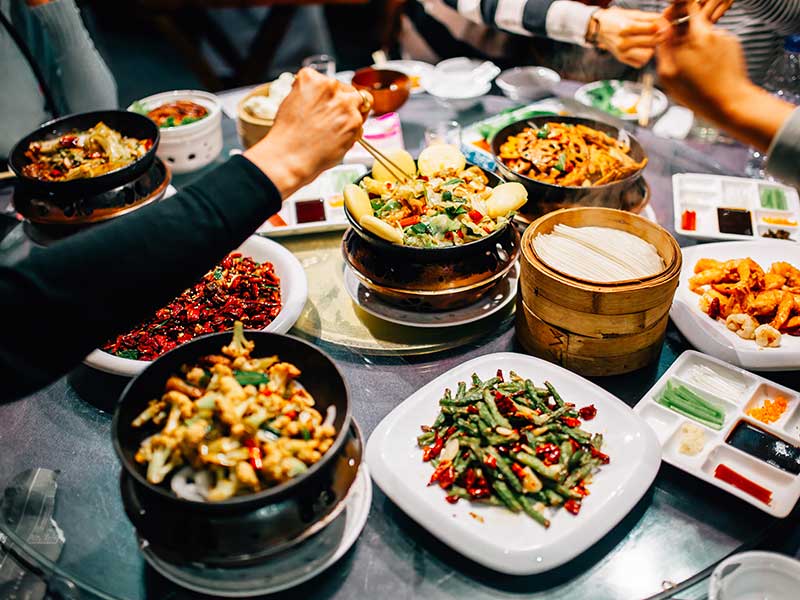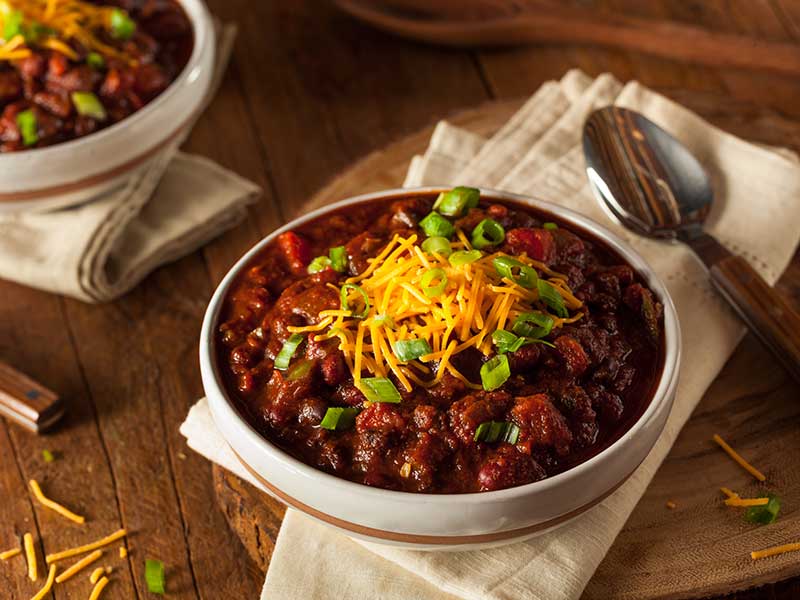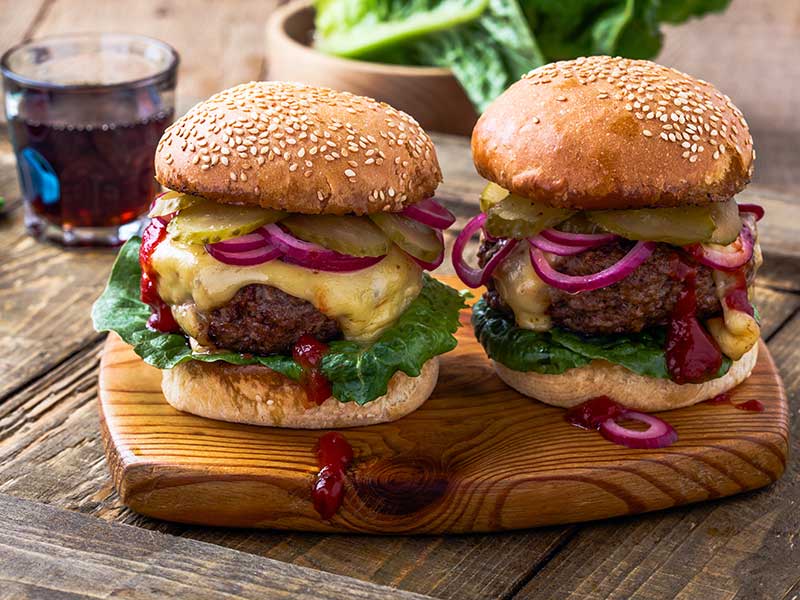Beef is a who’s who of options for dinner. It’s also the thorn in the side of every chef when mapping out a menu.
A well-rounded menu isn’t complete without at least one beef dish but getting the right plate to fit with the rest of the menu can be problematic. The well known cuts (Filet, NY Strip, Ribeye and the like) are in high demand and demand higher prices. If the rest of your menu hovers around $20 for an entree, a $30 steak is going to cause a little sticker shock.
Dropping a bit in quality, from a prime grade cut to a choice or a choice grade cut to a select grade, might tighten up that spread, but if you’re sourcing premium ingredients for your other dishes, how glaring will that quality difference be? You could also go for a smaller or petite cut, but that might leave your diners unsatisfied with the portion size, not to mention the increased difficulty of producing a beautiful medium rare with a piece of meat that can fly by that and be all the way to medium well in seconds.
For the creative chef, there is an answer from the past but is trending anew. Back in the day, before massive grocery stores ruled the shopping scene, small butchers were the source for meats. They put the filets and strips out in the glass cases for the public but there were other cuts, butcher’s cuts, that they kept for themselves. Not as well known, but high in quality and taste, these were the cuts that were prized by the butchers and what they served to their families.
These cuts are experiencing a resurgence of late. Now prized by chefs as a cost effective way to provide their diners with high quality cuts of beef without skimping on portion size. The problem, for both chefs and consumers, in the rush to promote these cuts marketers have been renaming the cuts without consensus creating confusion. Clarity and a little guidance is needed.
Hanger
Also known as bistro steak or in France, the onglet. From the diaphragm, this steak is uniform in length and shape and is actually the traditional cut in France for a Steak Frites. Recent popularity has driven the price up a bit but it is still the perfect choice for the classic dish instead of the increasingly thin NY Strips.
Sirloin Flap
Also known as sirloin tip or bavette steak. Great substitute for skirt steak, marinates well and cooks on the grill in a flash. Great for fajitas or stir fries. Slice across the grain like you would a skirt for the best visuals and mouth appeal.
 Teres Major
Teres Major
Also known as Bistro filet or petite shoulder tender. The most tender muscle in the shoulder, very close imitation in taste and texture of filet mignon. Makes for a good small steak or can be cut into bits, sautéed rare and served over egg noodles for a slightly more decadent take on beef stroganoff.
Flat Iron Steak
Also known as the top blade or butler’s steak. Also from the shoulder, more flavor but not quite as tender as the trees major. Takes marinades well and when sliced on a bias and arrayed on a plate over mashed cauliflower or parsnip puree makes for the perfect Instagram plate. Tri Tip Or Newport steak. Similar to sirloin but leaner. Dry rub with herbs and spices and let sit overnight before grilling. Slice thin to serve. Can also be smoked for a rich flavor.
Beef Cheeks
If you’ve got the urge to cook low and slow, beef cheeks are the way to go. Braising over many hours at low heat will break the meat down to fork tender while the fats render to create that signature umami flavor. Couple with strong Asian flavors or Mexican seasonings, beef cheeks are perfect for a rich and memorable appetizer or small plate.
One thing to keep in mind, these cuts tend to act a little different than the ones you may be more familiar with. With the exception of the slow cooked beef cheeks, the differences in fat content and tenderness respond better to high heat, quick cooks - grilling or searing. Cooking to medium is usually ok, but anything beyond can render these cuts dry and chewy. The hanger, for example, rich and a touch gamey normally, can take on the taste and texture of overcooked liver if cooked too long. A little practice in the kitchen to perfect cooking these cuts is highly recommended as well as educating your front of house staff to ensure they know how to sell these cuts and when to steer customers to something else will help fill that beef slot on your menu.



